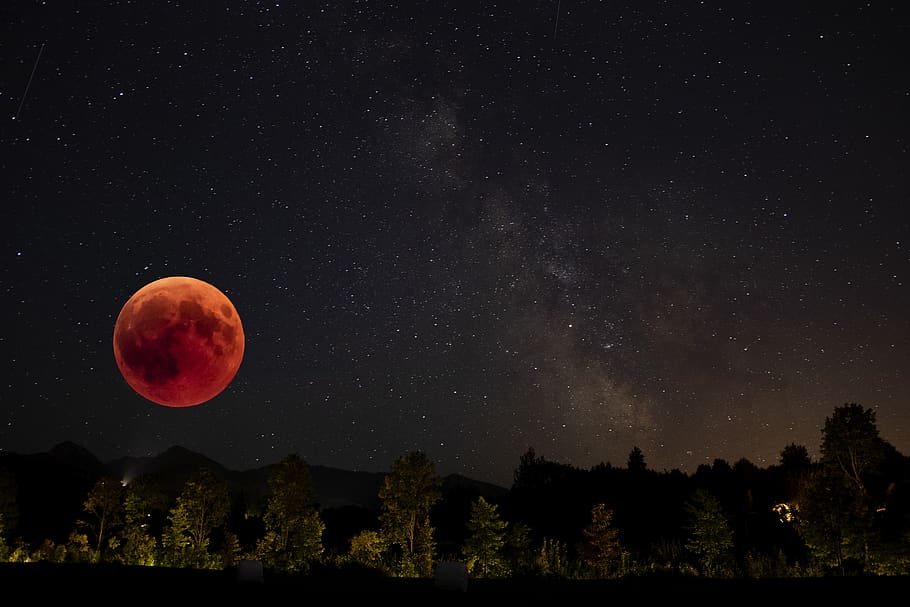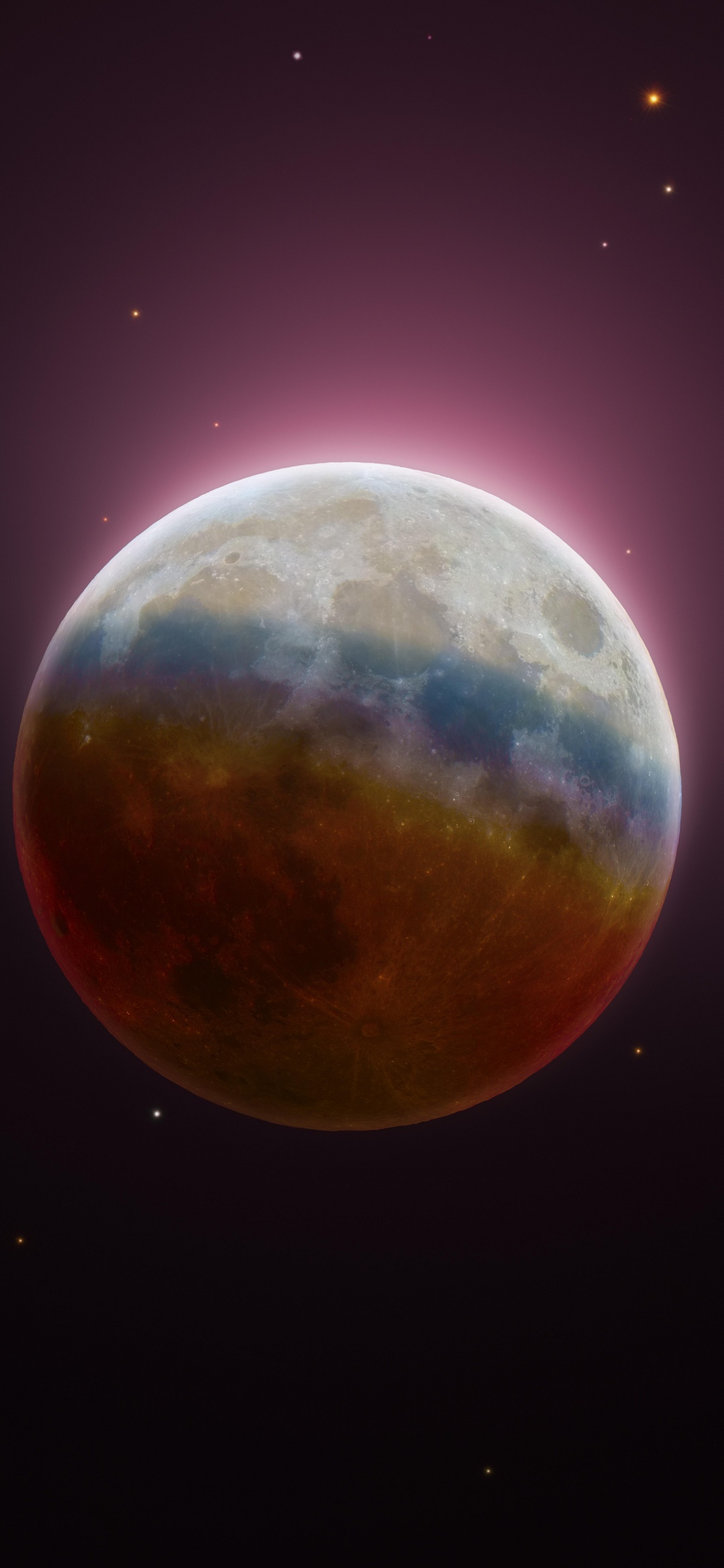

- Starry night pro 7 lunar eclipse manual#
- Starry night pro 7 lunar eclipse software#
- Starry night pro 7 lunar eclipse plus#
For example, if you are tracking the path of a fast-moving asteroid as it makes its closest approach to Earth, your ephemeris table will let you know exactly where the asteroid will be during the time period you’ll be observing it."īut as the ephemerides don't work before 1600 AD, I'm stuck at watching the night sky in the hopes of finding a past event instead of getting its date out of the ephemerides search - I was hoping I could still make use of Starry Night (It was very expensive!) by using some other program to find event dates so I know when to look for them in Starry Night.
Starry night pro 7 lunar eclipse manual#
If you are using manual or digital setting circles, for instance, you can dial in the generated positional data to locate an object quickly. Ephemeris values are handy for knowing where an object will be in the sky at a particular time.

You can then export the generated values to a text file and print it out. It’s a handy observational aid that creates a table of positional data for any object over the time span and at the interval you specify. "You’ll always know where and when to look with Starry Night’s built-in ephemeris generator. Intervals can be set for seconds, minutes, hours, days, weeks, months, years, etc."

In this video, we travel through 200,000 years, from 99999 BC to 99999 AD, at 100 year intervals. "Checkout the simple demonstration video showcasing the Starry Night Pro 7 Time Travel function.
Starry night pro 7 lunar eclipse plus#
"The most precise planetary positions available (using JPL ephemerides) plus an expanded asteroid catalog with highlighted families and groups." The calculation of the local circumstances of lunar eclipses is based upon the data from the Five Millenium Canon of Lunar Eclipses -1999 to 3000 (Fred Espenak, NASA's GSFC)."Īs for Starry Night, which I have found reviews concerning its accuracy, they say: "The calculation of the local circumstances of solar eclipses is based upon the data from the Five Millenium Canon of Solar Eclipses -1999 to 3000 (Fred Espenak, NASA's GSFC) with Besselian Elements provided by Jean Meuus. "All eclipse predictions were performed by Fred Espenak and Jean Meeus (NASA's GSFC)." "The ephemeris calculation is based upon Steve Moshier's analytical ephemeris using trigonometric expansions for the earth and planets and the lunar ephemeris ELP2000-85 of Chapront-Touzé and Chapront for the moon, both adjusted to Jet Propulsion Laboratory's DE404 (see There are further adjustments in Alcyone Ephemeris, some optional, to JPL's more recent DE406, the most accurate long-term ephemeris. Unfortunately, Alcyone is not mentioned here, and I have found no review whatsoever or comment about it's accuracy. Local time/location/declination accuracy with regard to solar eclipses/occultationsĪ benchmark will be proposed to check planetarium computer programsĪn evaluation of some 20 computer programsĪnd of course I want to thank people who helped me with this! This will be done along the following lines:" a specification is made on the features needed in such a program.Īn evaluation will be given of the accuracy reachable with present theories.Ī sensitivity analysis will be made with regard to:Īzimuth/altitude accuracies of normal celestial events "This page will provide some insight on who to make a choice in planetarium computer programs.
Starry night pro 7 lunar eclipse software#
Does anyone know whether the Alcyone software is reliable? It does not go so back in time as I would need it to, but -3000 is far better than 1600AD.įurther clarification: I have found the following webpage ( ) and I quote:

So, I'm stuck trying to find another way of getting the information I need (outside of pointing to each object and writing the information by hand). The problem is that, 2 years after buying Starry Night and being confirmed a bug makes it impossible to export ephemerides prior to 1600 AD, I'm told it was never part of the features at all - contrary to their marketing material. Starry night ( ) is more focussed on simulating the night sky whereasĪlcyone ( ) is more focussed on creating data tables.īoth programs provide simulation of the past (Starry Night going farther into the past while Alcyone stops at -3000), which is actually what I am looking for.


 0 kommentar(er)
0 kommentar(er)
